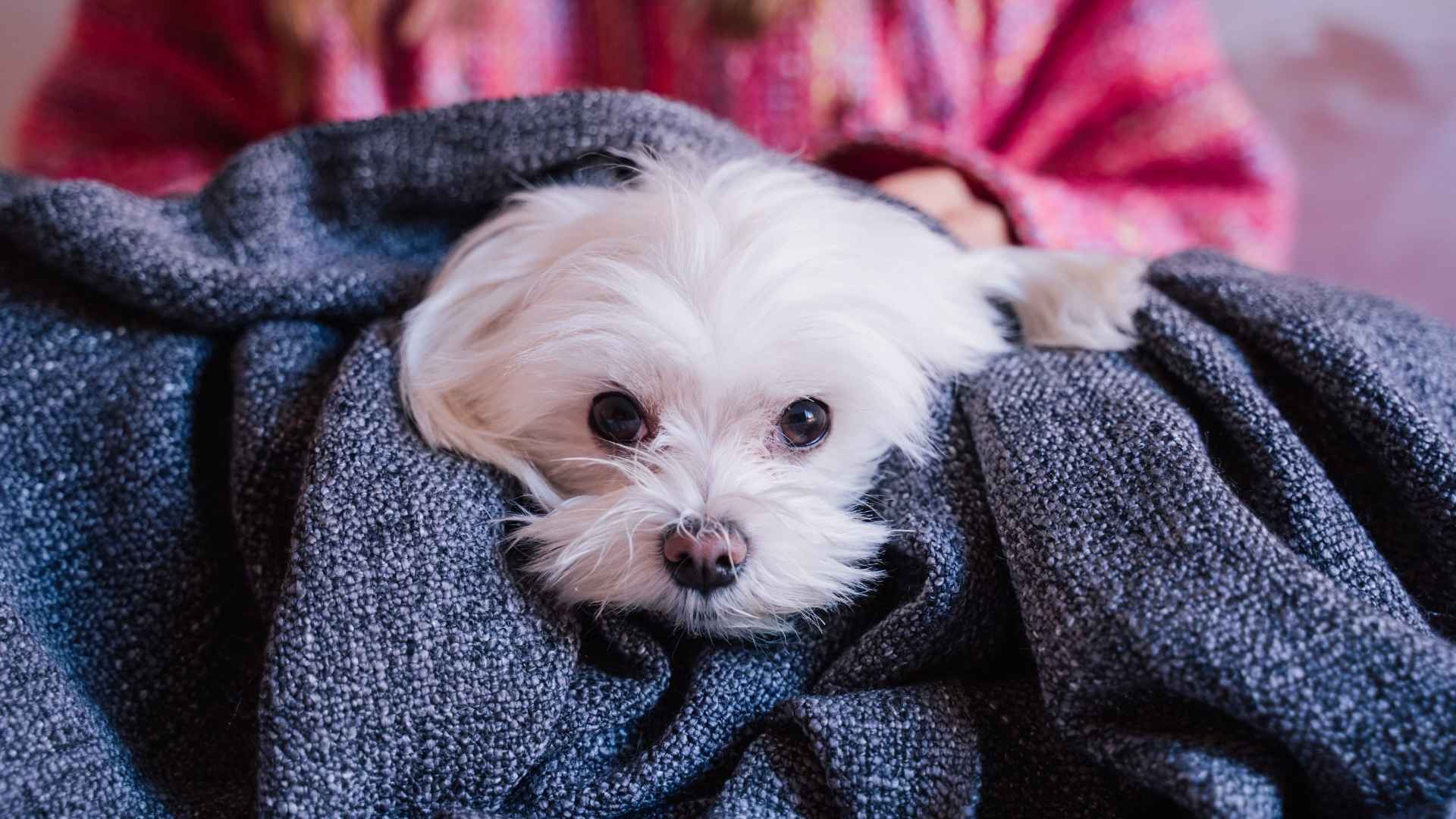Some dogs bound into new situations with confidence, while others take a step back, observing the world with quiet caution. If you’ve ever had a pup who hides behind your legs at the dog park or hesitates before greeting strangers, you’re not alone. Timid dogs aren’t just “nervous”—some breeds are naturally wired to be more reserved than others.
From the delicate Maltese to the sensitive Vizsla, certain dogs thrive best in calm, familiar environments. Whether you already own a shy pup or are considering adopting one, understanding their needs is the first step to helping them feel safe and loved.
Let’s explore seven timid breeds and what makes them special.
Extremely Timid Dog Breeds
1. Maltese
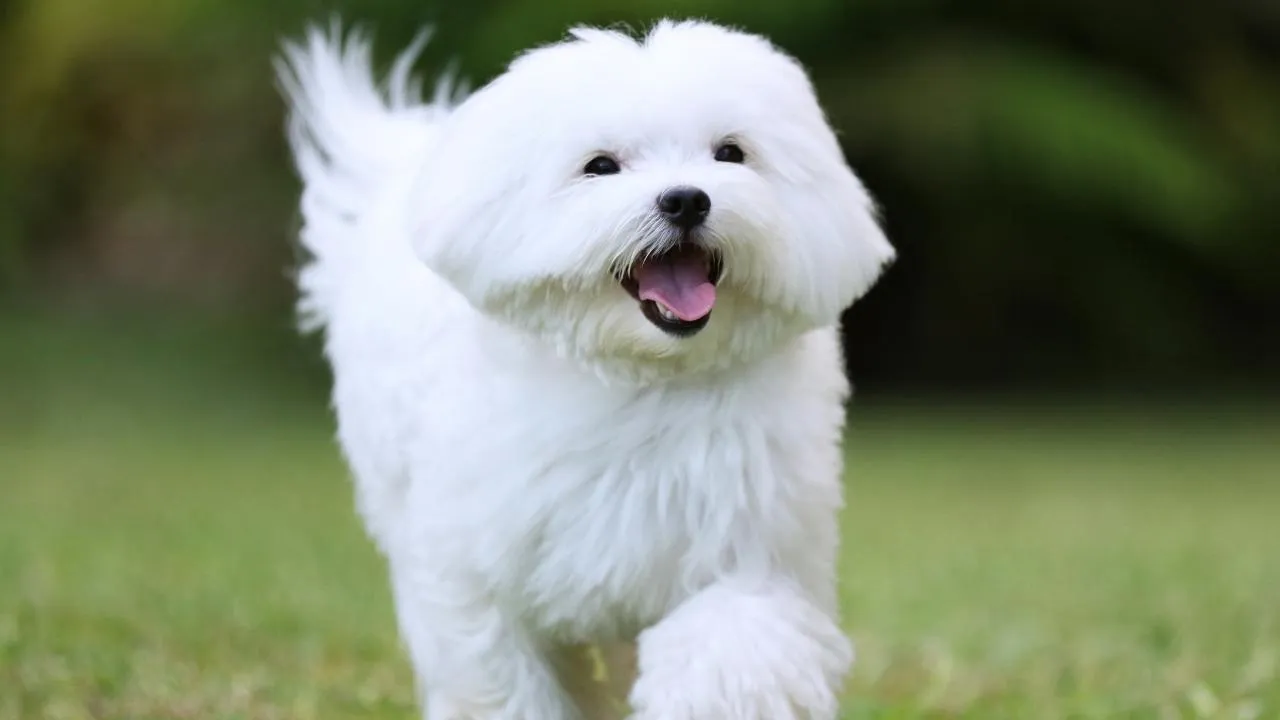
The Maltese, with its silky white coat and affectionate nature, is a breed that thrives on companionship. Though they appear regal, these small pups are often categorized among shy dog breeds, preferring the safety of their owner’s lap over bold social adventures. Their history as royal lapdogs has shaped their gentle temperament, making them naturally reserved in unfamiliar situations.
Their shy behavior stems from their sensitive nature, making them cautious around new faces and loud environments. Unlike other breeds that rush toward excitement, a Maltese may hesitate before approaching new people, as per Greencross Vets. Early experiences play a big role in their confidence, and without exposure to diverse settings, they can become particularly wary of changes in routine.
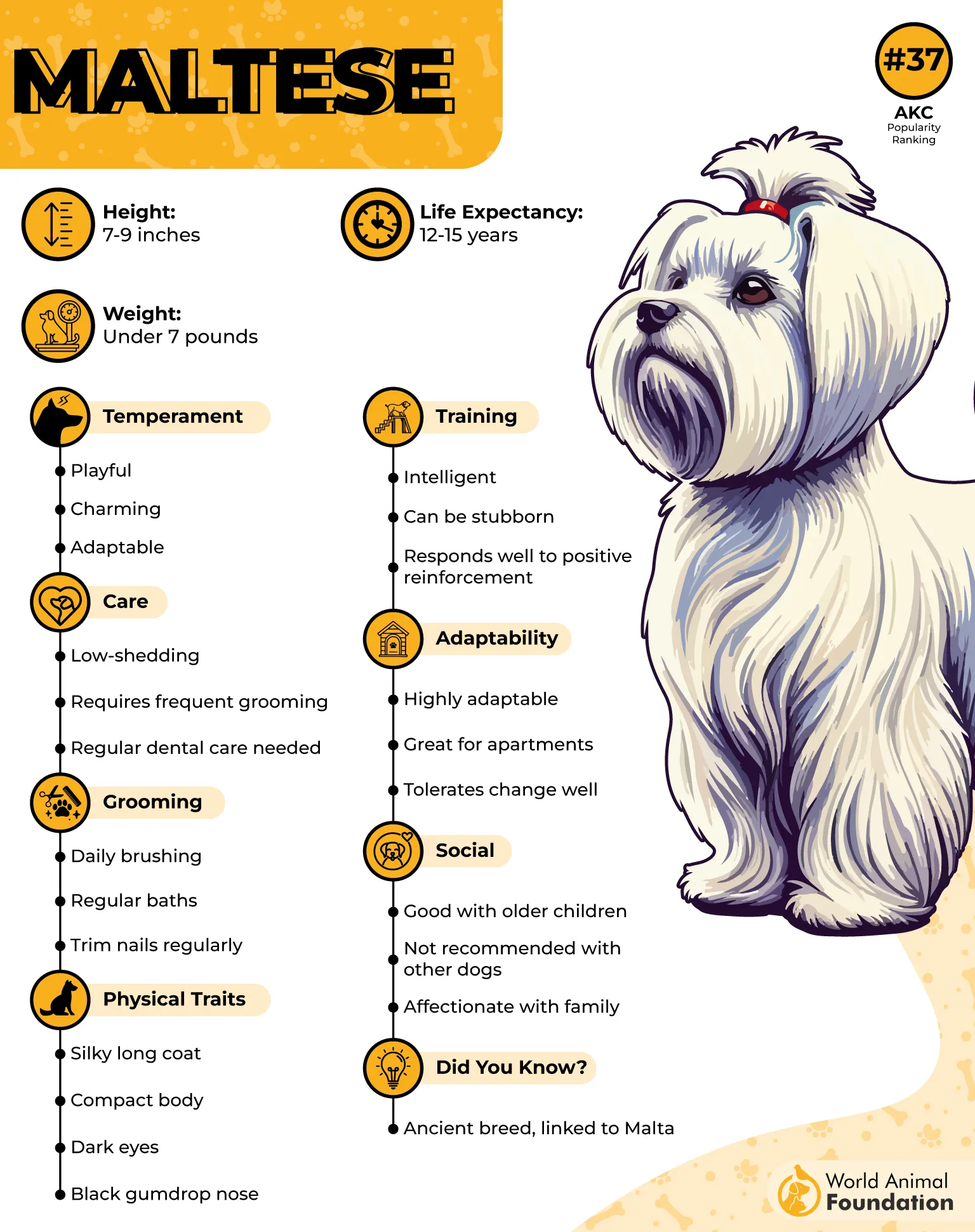
When placed in unfamiliar surroundings, their reaction is often subtle, sticking close to their owner and cautiously assessing the situation. While some gradually adapt, others may require patience and proper training to feel comfortable. Encouragement, rather than forced interactions, helps build their trust in new environments.
Loud noises, sudden movements, and even other dogs can trigger their timid nature. Maltese puppies that miss out on early socialization may become overly cautious, preferring quiet spaces over bustling parks. A lack of exposure to different people and sounds during their formative months often reinforces their delicate, reserved nature.
The ideal home for a Maltese is a peaceful one, where they can bond closely with their family without excessive noise or chaos. They thrive in calm environments, whether it’s a cozy apartment or a quiet suburban home. With the right balance of affection and gentle encouragement, they blossom into confident, loving companions.
2. Beagle
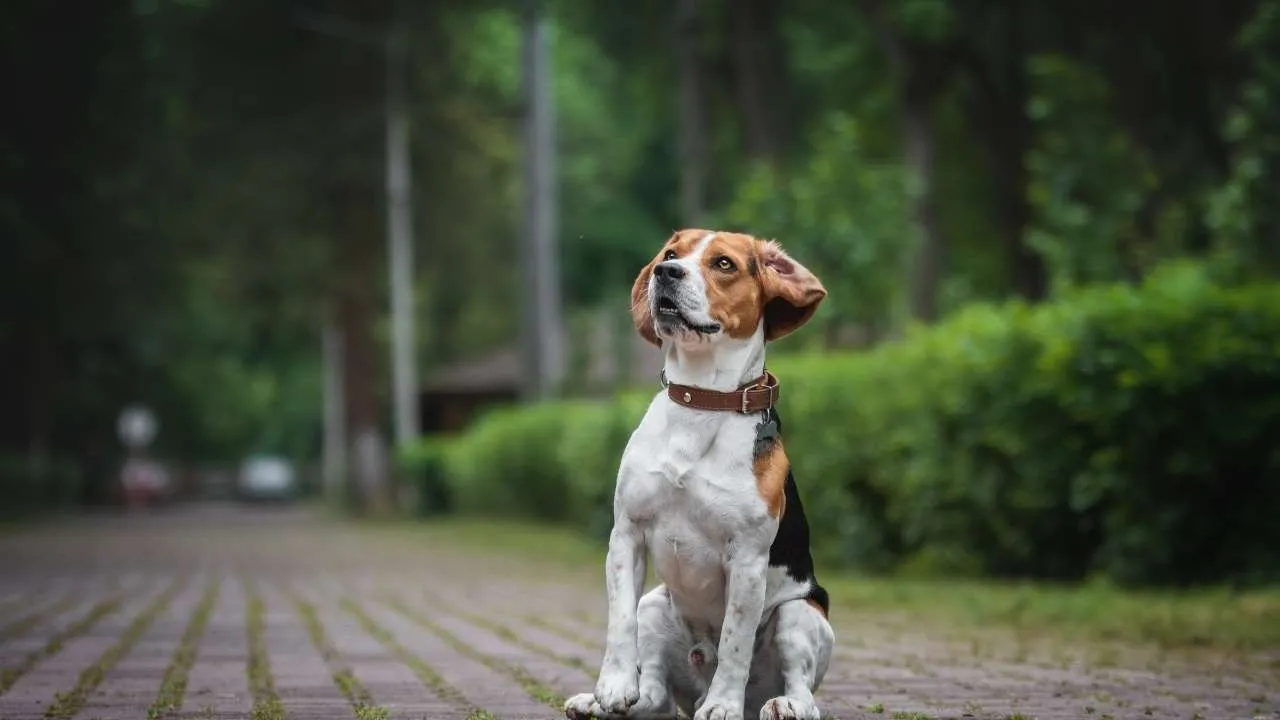
The Beagle might be known for its boundless energy and detective-level sniffing skills, but beneath that wagging tail lies a surprisingly cautious side. These adorable hounds have playful personalities, yet their curiosity sometimes clashes with a streak of uncertainty, especially in unfamiliar settings. Their history as pack dogs makes them social, but when venturing solo, their confidence can take a slight hit.
That tail-tucked, hesitant step? It’s part of their timid behavior, often surfacing when they encounter new people or overwhelming environments. While they love companionship, Beagles raised without diverse experiences from a young age might struggle with new situations. Their independent yet sensitive nature makes them quick learners, but they do best with positive reinforcement.
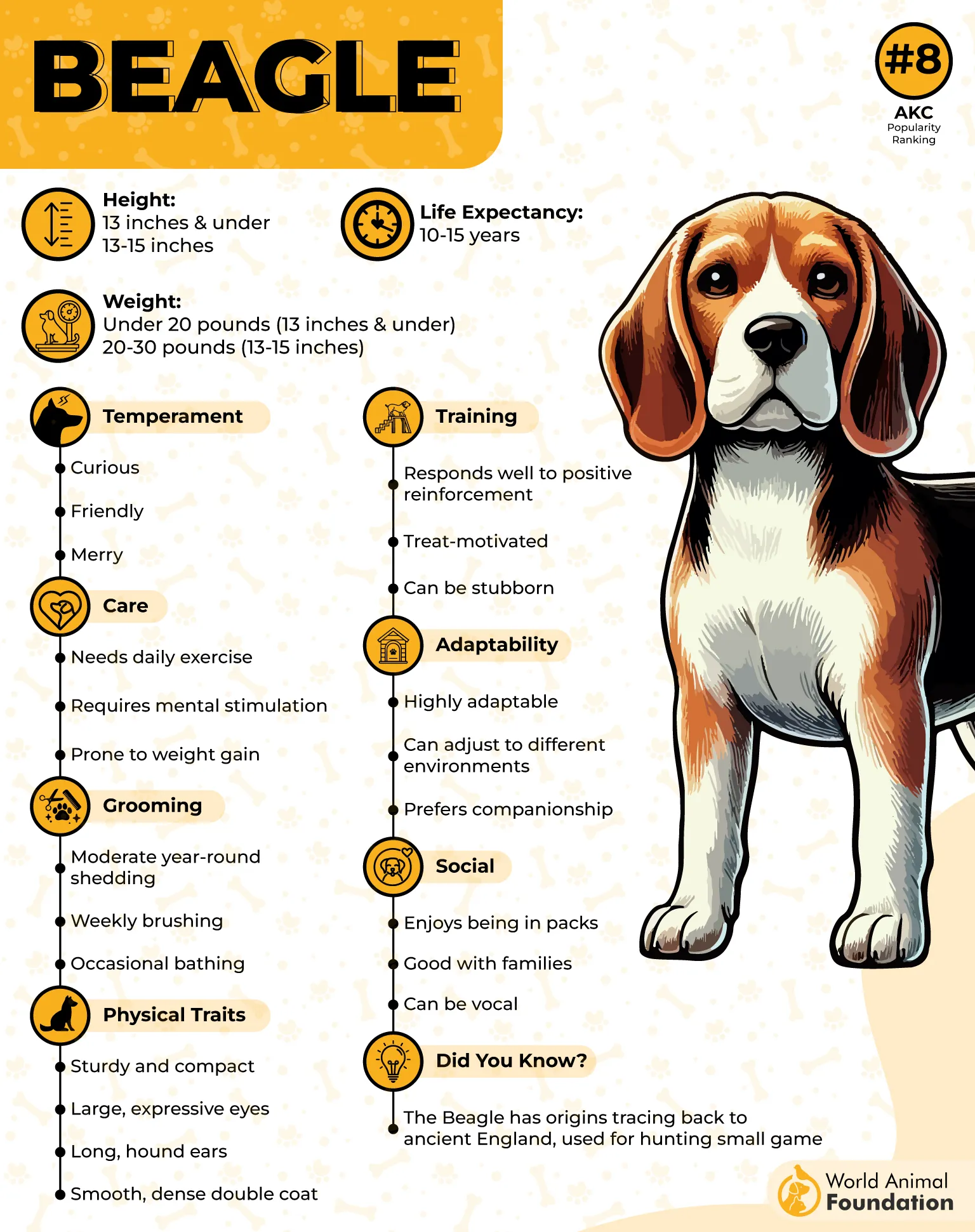
New places can be both exciting and overwhelming. While some Beagles march in nose-first, others need a moment to process the unfamiliar sights and smells. They may circle back to their owner, seeking reassurance before deciding whether an environment is worth exploring. Treats and encouragement go a long way in helping them feel safe and adventurous.
Sudden loud noises and unfamiliar surroundings tend to bring out their skittish behavior. A vacuum cleaner roaring to life? A motorcycle zooming past? That’s enough to send a Beagle scooting behind the couch. Without proper early exposure, they may develop an ingrained habit of cautiousness, making socialization efforts even more important.
For a Beagle to feel truly at home, a space with both cozy corners and room to roam is ideal. They love having a familiar routine but also thrive on variety—whether that’s a sniff-filled walk or a puzzle toy to engage their sharp minds. A loving, patient owner and a well-structured environment help these lovable hounds balance their adventurous and timid sides.
3. Great Dane

The Great Dane may be a massive dog, but don’t let their towering height fool you—these gentle giants have a soft side. Beneath that imposing frame is a sensitive soul that thrives on affection and reassurance from their favorite humans. Despite their history as hunting dogs, they’re more likely to lean against you for comfort than charge into unfamiliar territory.

Their shy and timid nature often comes from their deep attachment to their families. While they’re not naturally fearful, a Great Dane without proper socialization may hesitate around new people or in unexpected situations. Confidence takes time to build, and without early exposure to different environments, they might prefer watching from the sidelines rather than jumping into the action.
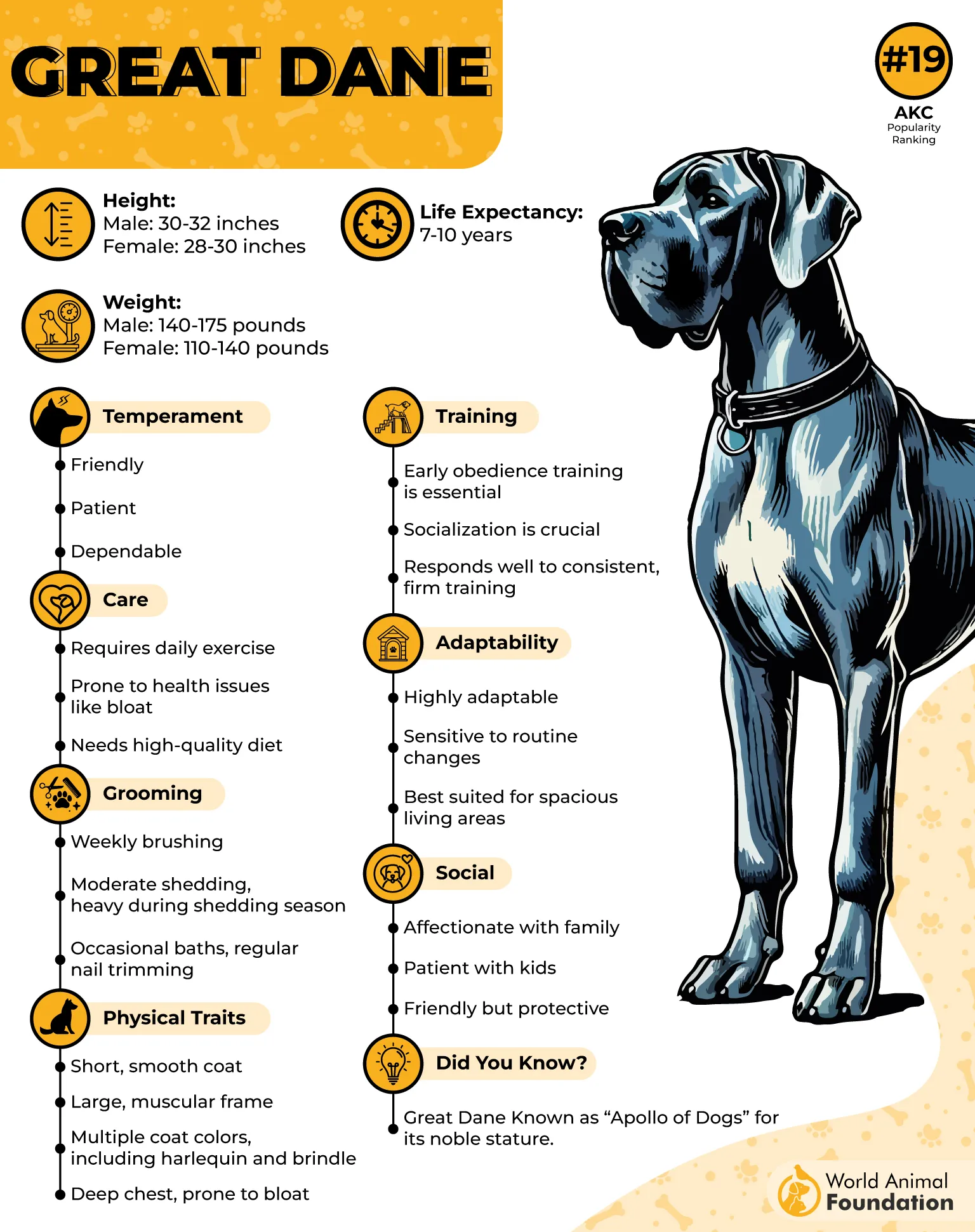
New places? They’ll take it at their own pace, carefully observing before deciding whether it’s safe to explore. Some need extra encouragement before stepping into bustling areas, while others warm up quickly with a familiar face by their side. Once they feel secure, their playful, goofy side shines through in full force.
Loud sounds, sudden movements, or changes in routine can leave them feeling uneasy. Without consistent training, they might develop nervous habits, like hiding behind furniture or hesitating on walks. A calm, patient approach helps them push past uncertainty and embrace new experiences with confidence.
A spacious home with plenty of mental stimulation keeps a Great Dane happy and well-adjusted, as per AKC. They’re social dogs who do best with human companionship and a predictable routine. As long as they have love, patience, and a comfy spot to lounge, these giants are content doing their own thing—preferably somewhere close to their favorite people.
4. Vizsla
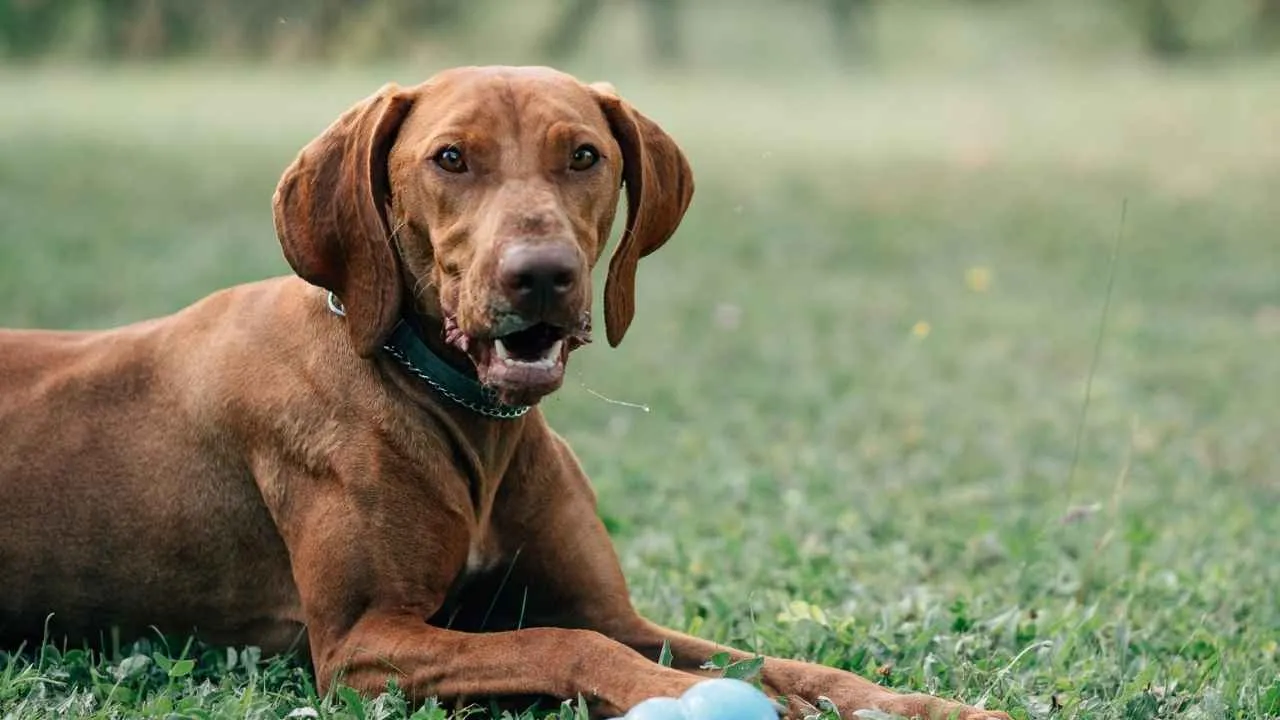
The Vizsla, a breed known for its athleticism and deep devotion, was initially bred as a skilled hunting companion. Their boundless energy and affectionate nature make them wonderful family pets, but beneath their confident exterior, a shy side can emerge in unfamiliar situations. These sensitive pups form strong bonds with their owners and may hesitate when faced with new experiences.
Unlike many dogs that bounce into new environments without a second thought, the Vizsla prefers to assess the situation first. If not properly socialized from an early age, they can become overly cautious, especially around strangers or loud voices. Their intelligence means they pick up on emotions quickly, making positive reinforcement crucial for building their confidence.
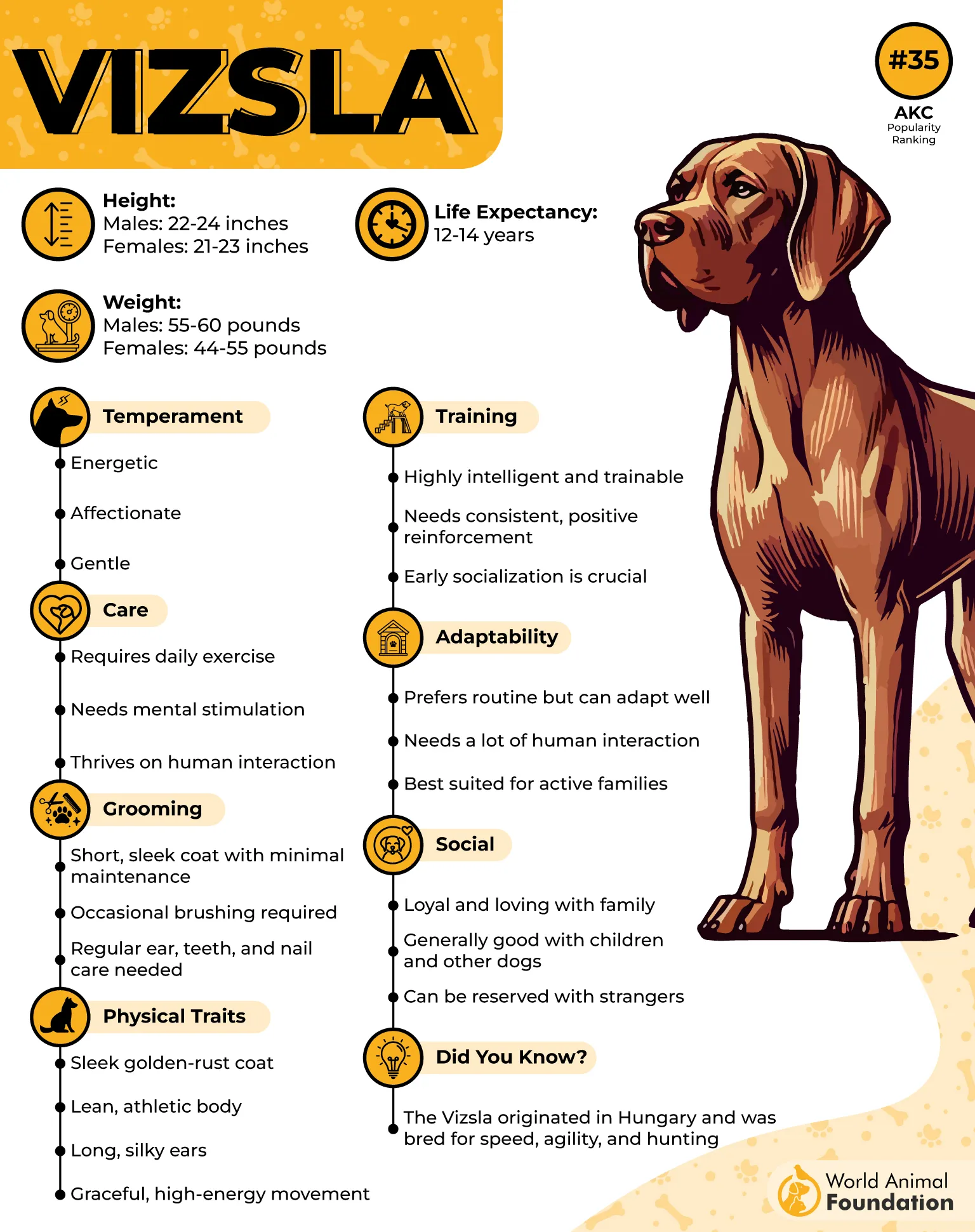
The good news? They quickly realize that new experiences aren’t so scary with the right encouragement. While some breeds might need coaxing, the Vizsla’s eagerness to please helps them warm up faster. A bit more socialization and plenty of positive experiences turn their hesitation into outgoing behaviour that shines in both social and family settings.
Without the right guidance, their nervousness can lead to undesirable behaviors, like excessive clinginess or avoiding new situations altogether. Keeping their minds engaged with training and exercise helps channel their energy into something productive rather than stress-driven habits.
A Vizsla thrives in an environment filled with activity, companionship, and a predictable routine. When a dog understands they are safe and loved, their natural confidence grows, allowing their affectionate and fun-loving personality to take center stage.
5. Greyhound
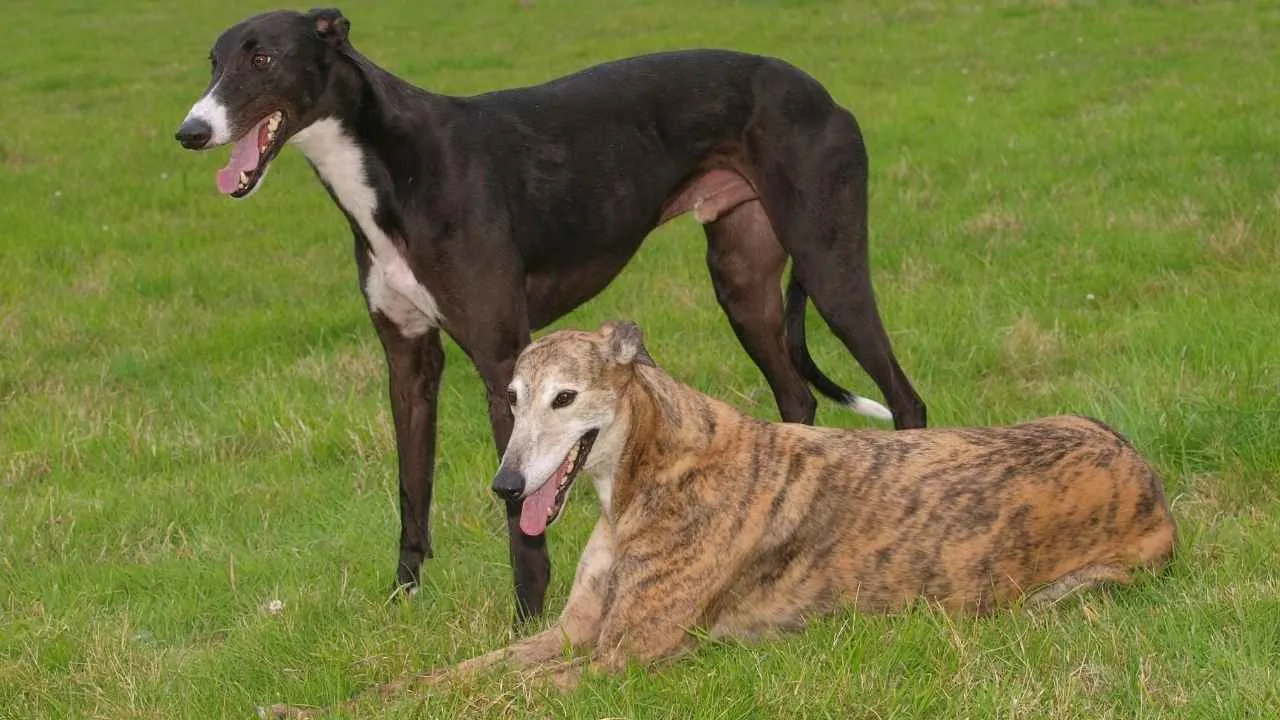
The Greyhound, known for its incredible speed and sleek build, is one of those highly sought-after dogs that surprises people with their gentle and reserved nature. Unlike certain breeds that eagerly greet every stranger, Greyhounds often take a more cautious approach, observing before deciding whether to engage.
Their history as racing dogs contributes to their reserved personality. A Greyhound faced with a fearful situation may freeze up rather than react aggressively. They thrive in calm environments where they can build trust at their own pace. If they aren’t exposed to different sights and sounds early on, stepping into unfamiliar environments can feel overwhelming, as mentioned in Petplan.
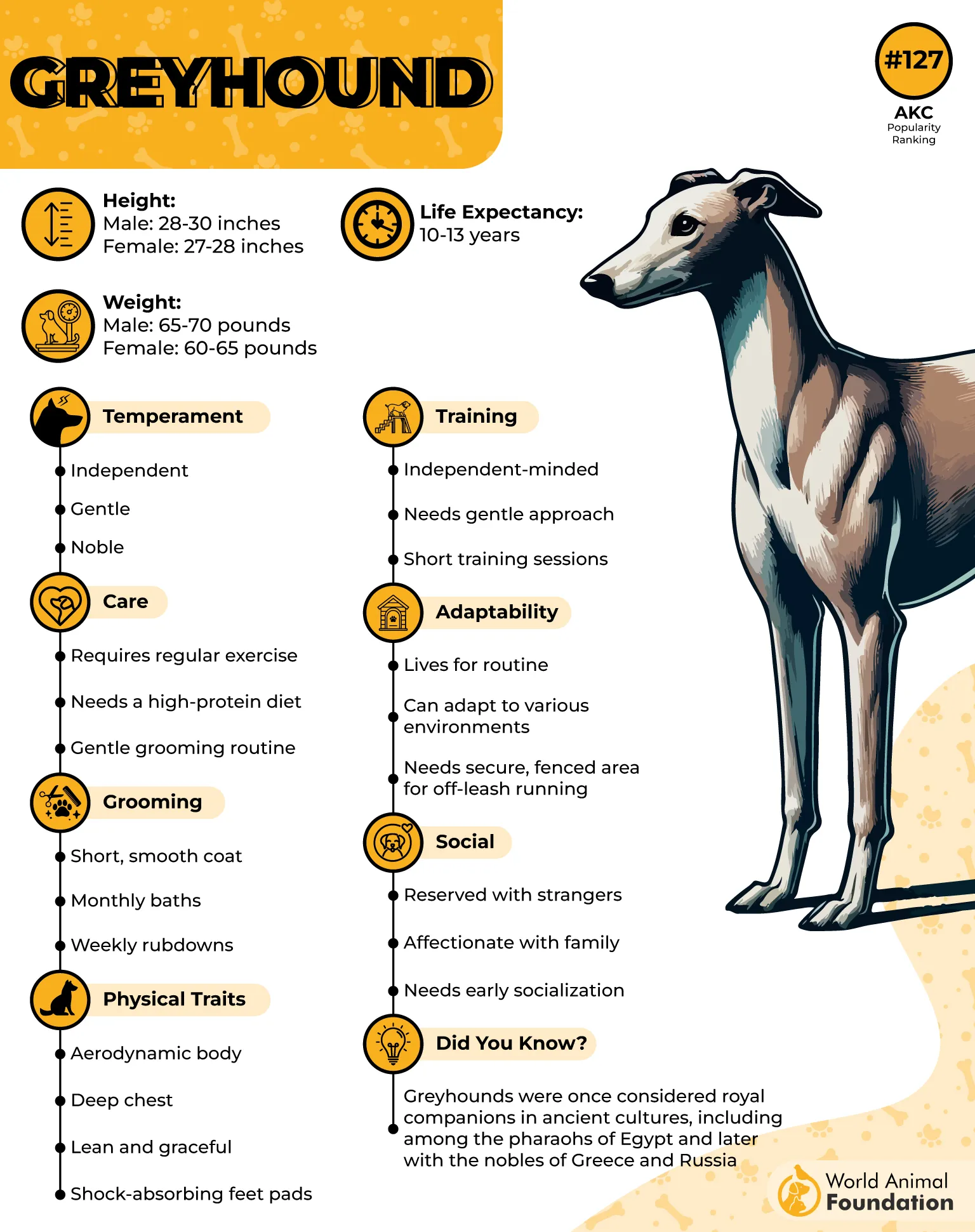
When adjusting to new surroundings, it helps to gradually introduce them to different people, places, and experiences. Greyhounds communicate a lot through facial expressions, so reading their subtle cues can make socialization smoother. They might seem aloof at first, but with patience, their affectionate side starts to shine.
Sudden changes in routine can make them uneasy, leading to nervous behaviors. Without guidance, they may pick up bad habits, like avoiding social interactions or sticking too close to their owners. Building confidence through positive reinforcement ensures they become well-adjusted companions.
This breed likes a peaceful, predictable home where they can relax without too much chaos. Whether lounging on the couch or going for a leisurely walk, a Greyhound’s happiness comes from feeling secure, loved, and free from unnecessary stress.
6. Whippet
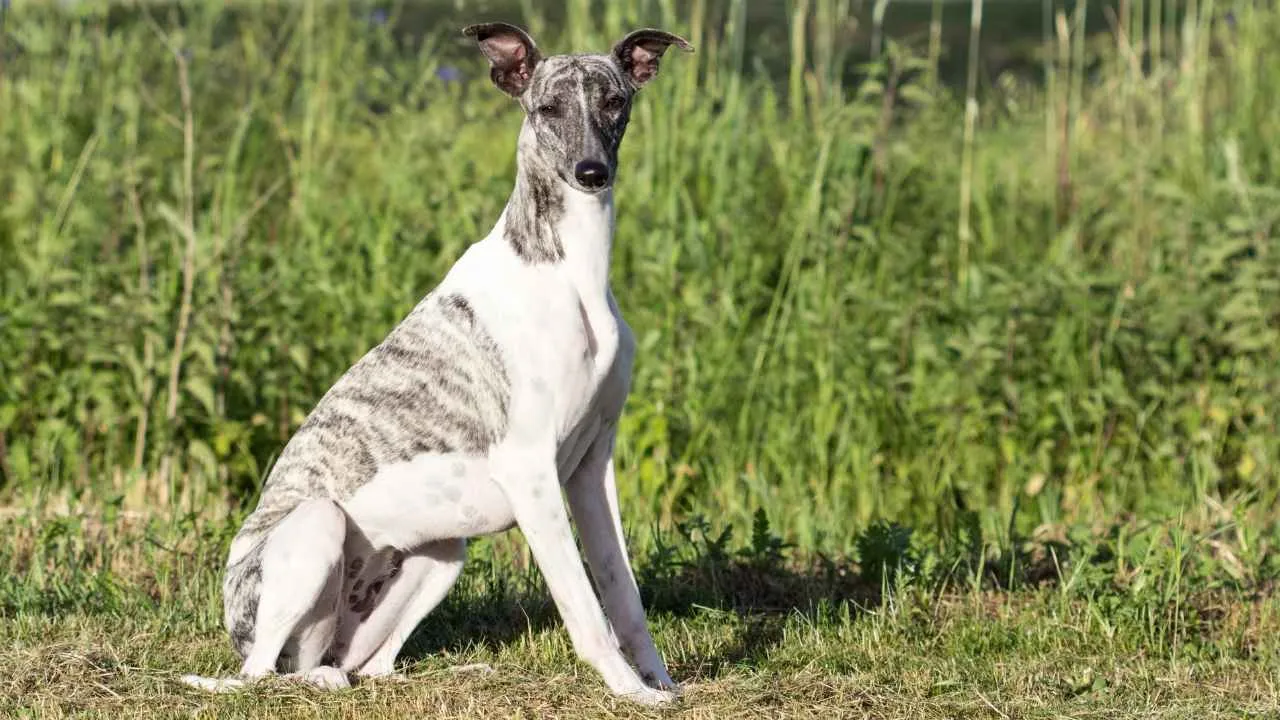
The Whippet, often mistaken for a smaller Greyhound, is a gentle and affectionate breed that forms deep bonds with its family. Despite their athleticism, these dogs have a soft, sensitive nature that can make them hesitant in unfamiliar situations. They thrive on companionship and are happiest when surrounded by their loved ones.
While they may not seem like the most afraid breed at first glance, Whippets can be quite reserved. Their timid nature often stems from their deep attachment to their owners, making them wary of new people and environments. Without early confidence-building experiences, their fear of the unknown can make socialization a challenge.
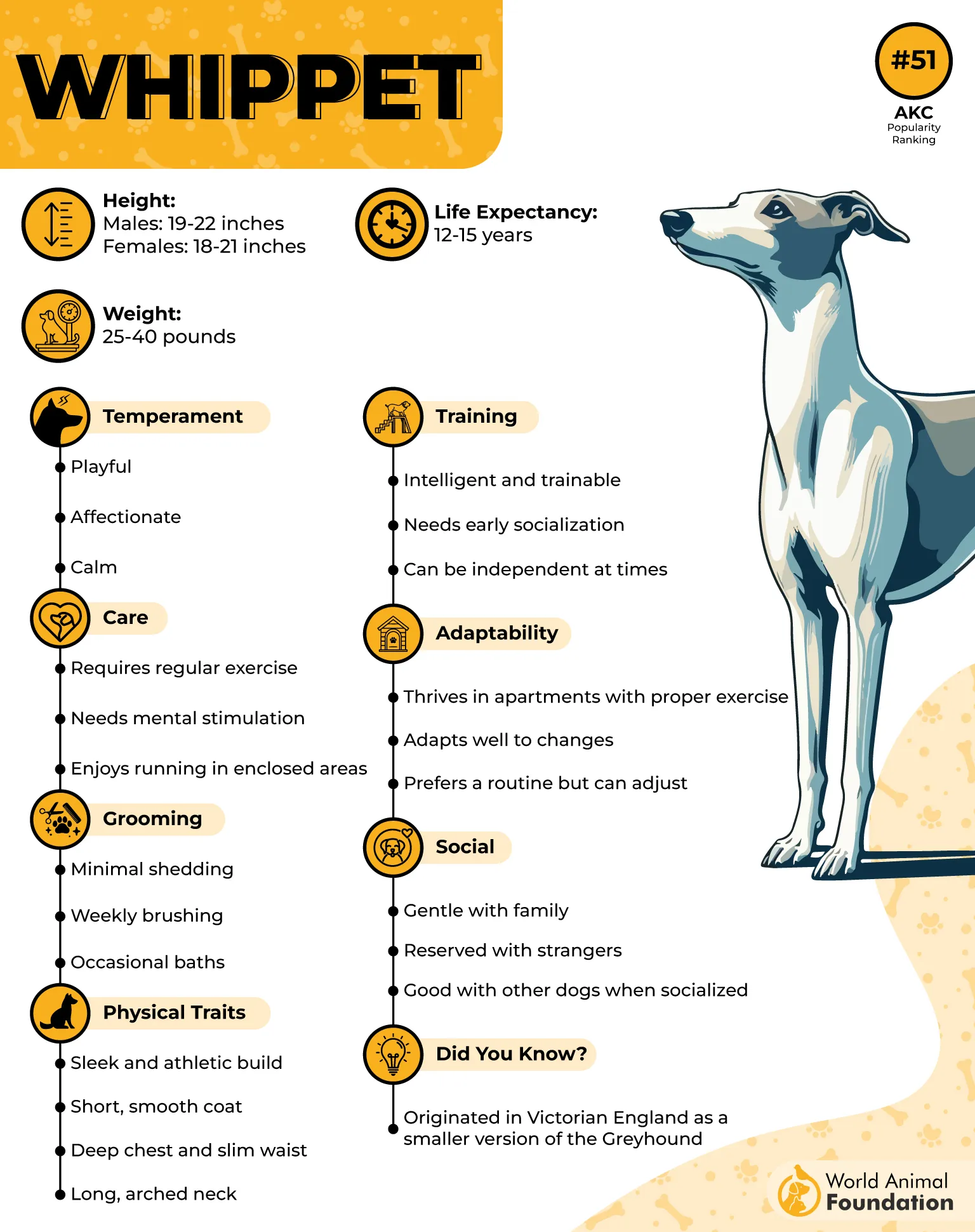
In unfamiliar surroundings, Whippets may freeze rather than react aggressively. They are not known for excessive barking, but if they feel overwhelmed, they might let out a quiet whimper or retreat to a safe space. Encouraging them with gentle reassurance and positive experiences helps them adjust at their own pace.
Loud noises, sudden movements, and even encounters with unfamiliar animals can startle them. Without proper exposure, their fear can develop into long-term anxiety, making early socialization essential. A patient and calm approach is key to helping them feel at ease.
A loving home with a peaceful atmosphere suits this breed best. They enjoy cozy spots to relax, regular companionship, and gentle encouragement to build confidence. As long as they feel safe and supported, Whippets can blossom into affectionate, well-adjusted companions.
7. Basenji
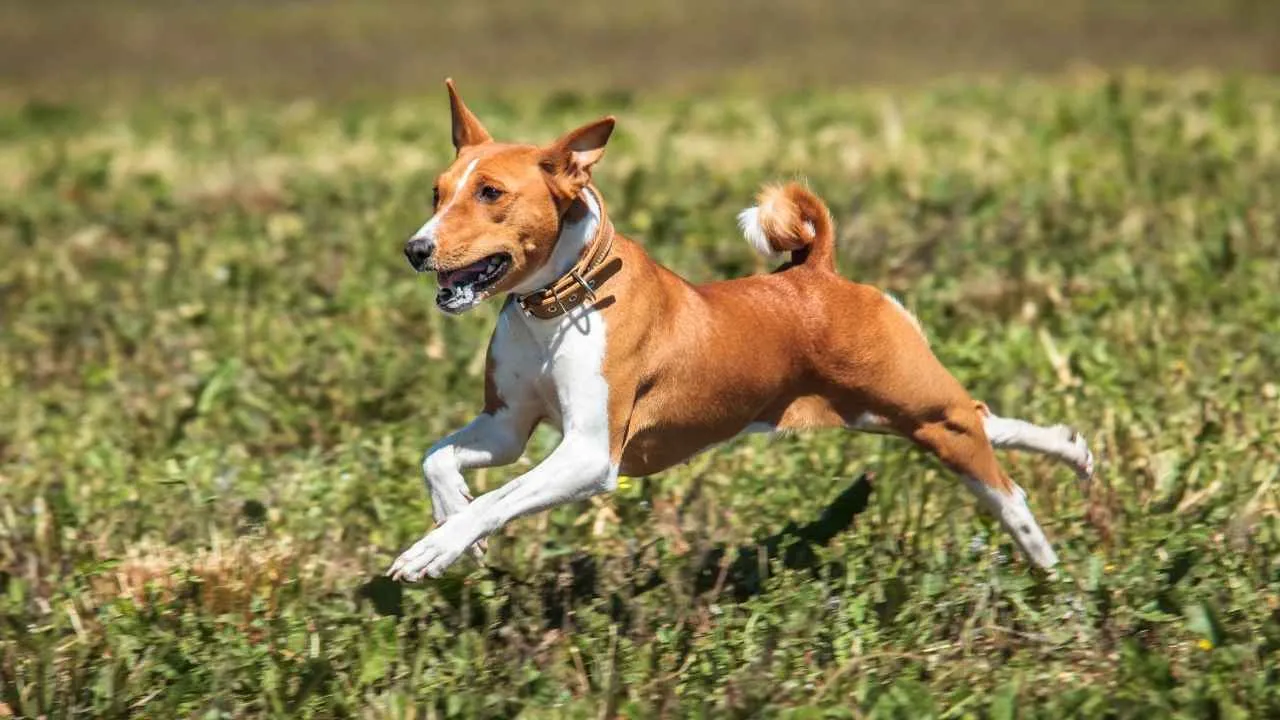
The Basenji, often called the “barkless dog,” is known for its quiet nature and cat-like independence. This breed has an ancient lineage and was bred for hunting, which explains its alert and observant personality. While they are intelligent and curious, they also have a naturally shy disposition, especially around unfamiliar faces and environments.
Their extreme timidness can be linked to their independent streak, making them hesitant to engage right away. Unlike some breeds that eagerly seek attention, a Basenji will eventually approach once they feels comfortable. Their reserved nature means they take their time warming up, especially in new settings.
When placed in an unfamiliar situation, they may seem aloof or distant rather than outright fearful. However, stressful situations like chaotic environments or sudden changes can make them more withdrawn. Without confidence-building experiences, their shy tendencies may become more pronounced.
They aren’t dogs that get scared easily, but their caution in a big world full of unpredictable elements can make them hesitant. A structured environment with gentle encouragement helps them feel secure. Gradually increasing their exposure to new people and places can ease their worries.
A peaceful home with patient owners is ideal for a Basenji. They thrive in a calm atmosphere where they can observe at their own pace. With the right approach, this unique pet can become a loyal and affectionate companion while still maintaining its independent charm.
Conclusion
Not all dogs are born guard dogs; some prefer observing from a safe distance. Understanding their needs and giving them the right environment can help them build confidence at their own pace. A little patience goes a long way in making a timid pup feel secure.
Despite their small stature, these breeds have big personalities once they open up. Some, like the Yorkshire Terrier, may appear delicate but have a surprising amount of courage when given time to adjust. The key is to respect their boundaries while offering reassurance.
While the Labrador Retriever is known for its outgoing nature, not every dog shares the same confidence. Timid breeds often take cues from other dogs, making a well-socialized companion a great influence. Pairing them wisely can ease their hesitancy over time.
Dogs like the Lhasa Apso may take longer to trust new faces, but they are deeply loyal once they bond. Helping them feel comfortable with new experiences can prevent anxiety problems from becoming long-term habits. Positive reinforcement makes all the difference.
Even though some breeds are notoriously skittish, they still crave companionship. Many timid dogs can become social butterflies with the right care and encouragement. The more love and patience you offer, the more they’ll bloom into happy, confident companions.


